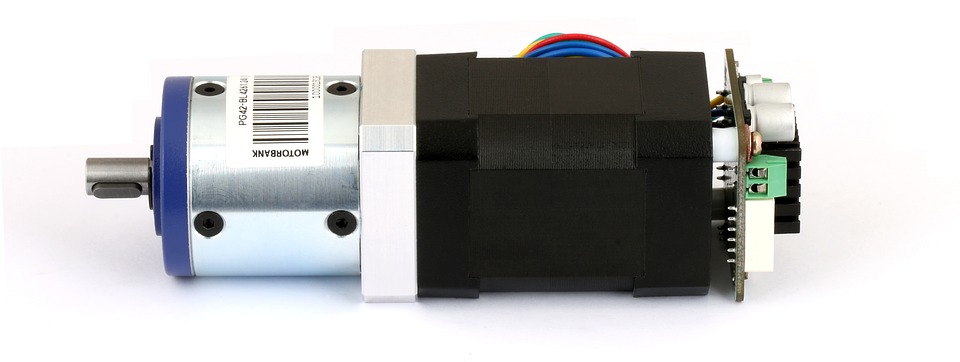
Brushless DC Motors
Brushless DC (BLDC) motors are that employ electronic commutation of the windings as opposed to mechanical commutation. As such, BLDC motors rely on some method of determining the angular position of the rotor to provide information for commutation. There are a couple of methods that can be used to achieve that, they include
- Hall sensors
- Optical encoders
- Magnetic angle sensors.
Magnetic Angle sensing for BLDC
Compared to the other two methods of angular position sensing, magnetic angle sensing has proven to be more accurate, flexible and consumes lesser space. It’s also cost-effective compared to optical encoders. Its advantages go a long way in boosting the efficiency of Brushless DC motors while reducing possible wear and boosting clean operation.
Magnetic angle sensors are ICs containing multiple Hall sensors integrated into a single chip to form absolute magnetic position sensors. The magnetic angle sensing ICs are fabricated by integrating multiple sensors with analog signal processing and digital circuitry. The position sensing system is then implemented by pairing it up with a simple magnet. The chip can be placed at the end of the motor’s shaft in parallel to a low-cost two-pole magnet mounted to the end of the motor’s shaft. The magnet applies a magnetic field on the IC enabling it to determine the location of the rotor. When the rotor turns, the angle of the magnetic field rotates as it passes over the sensor.
The sensor could also be placed magnetic angle sensor attached close to the rotor so that the magnetic field of the rotor windings can be sensed directly. Alternatively, the two systems can be combined to work consecutively.
Advantages of magnetic angle sensors
- The absolute position of the rotor can be established accurately through 360°
- It is easy to assemble
- It is cost effective since IC’s benefit from economies of scale
- Not susceptible to contamination by chemicals, particles or other materials
Example
A good example of the magnetic angle Sensor is the A5047. To get the best out the A5047 you need;
- 1-2mm distance between the magnet and the IC
- Ensure that the roto and stator are aligned permanently so as to accomplished electronically after the mechanical assembly
The A5047 provides absolute position sensing at speeds of up to 28,000 rpm. It offers absolute position data update time of 222 ns meaning that absolute position information is available in real-time over a wide range of rpm.
Summary
The magnetic angle sensors are simpler to mount compared to discrete hall sensors. They are also cheaper than optical encoders. They are not vulnerable to contamination. More importantly, it provides accurate position sensing data at all times, unlike back-EMF techniques.






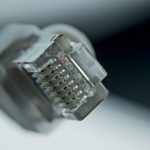


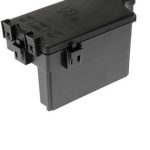



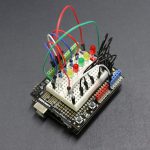


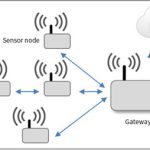
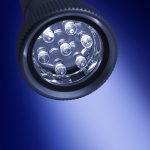




1 Comment